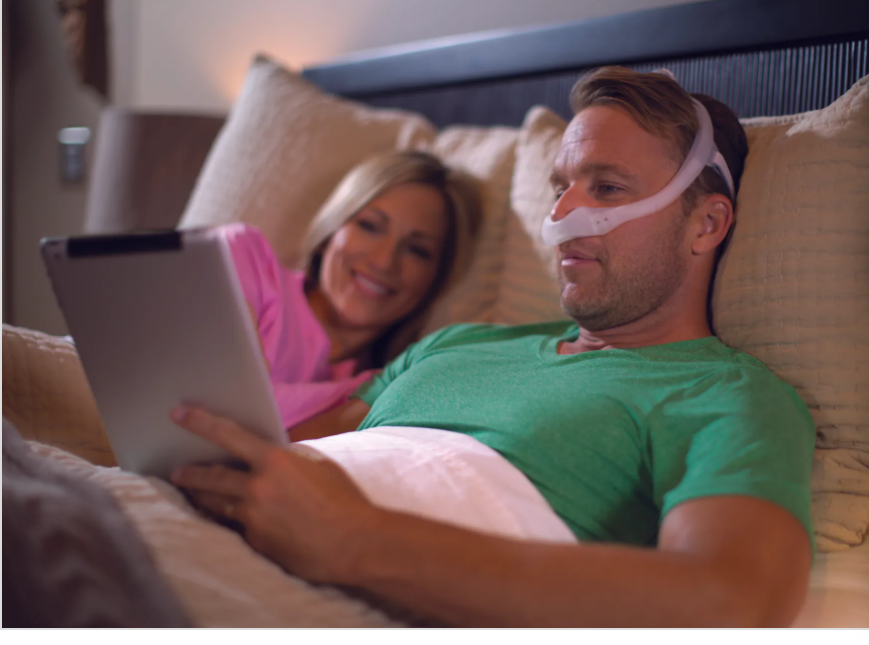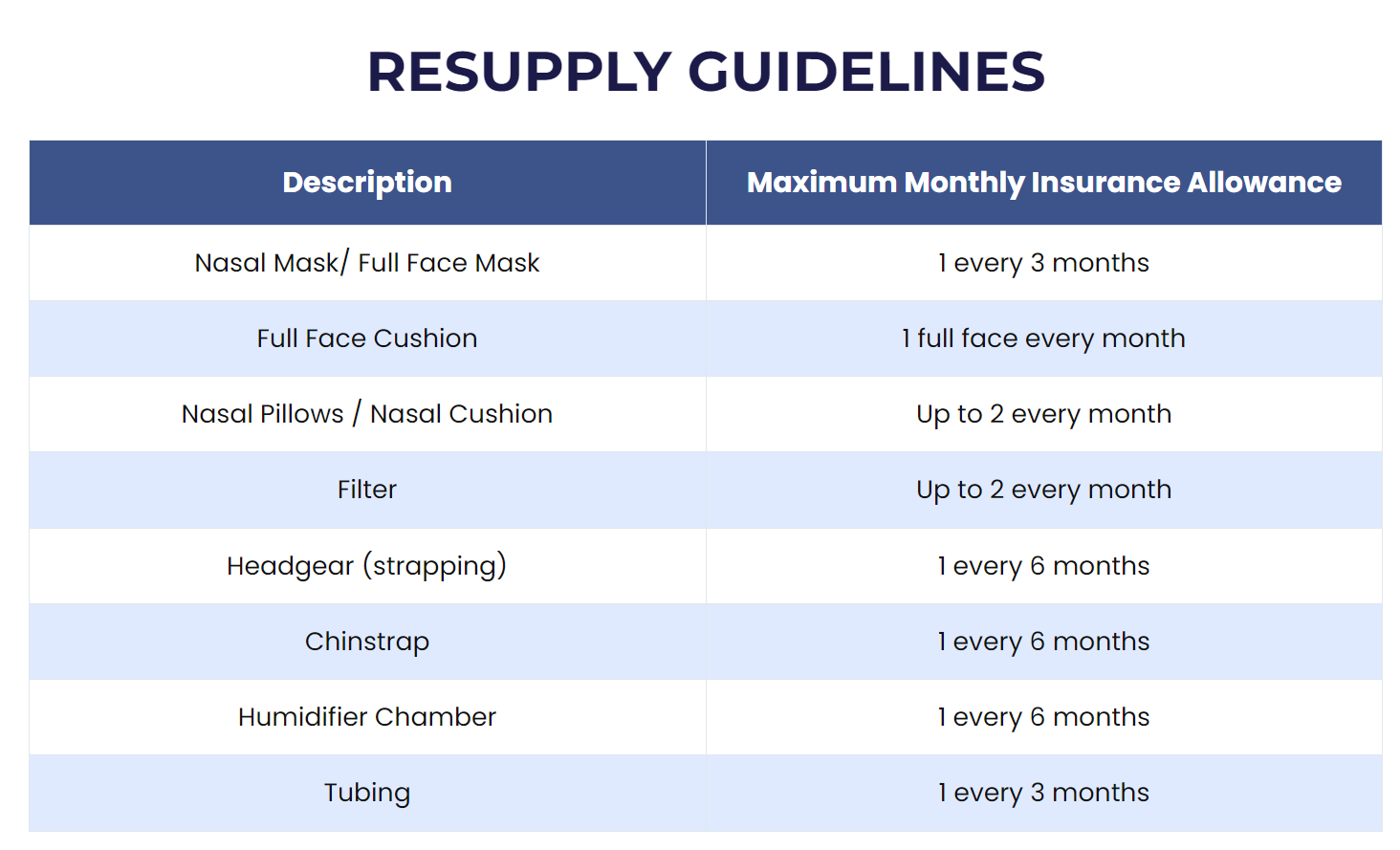Sleep apnea is a potentially serious sleep disorder in which breathing repeatedly stops and starts.
If you snore loudly and feel tired even after a full night's sleep, you might have sleep apnea.

SYMPTOMS OF SLEEP APNEA
The signs and symptoms of obstructive and central sleep apneas overlap, sometimes making it difficult to determine which type you have.
The most common signs and symptoms of obstructive and central sleep apneas include:
Loud snoring
Episodes in which you stop breathing during sleep — which would be reported by another person
Gasping for air during sleep
Awakening with a dry mouth
Morning headache
Difficulty staying asleep (insomnia)
Excessive daytime sleepiness (hypersomnia)
Difficulty paying attention while awake
Irritability
Untreated Sleep Apnea can hurt your health
How Does CPAP Work
CPAP works by blowing air into the throat via a mask, subtly increasing air pressure in the throat and preventing the airway from narrowing. The machine offers several benefits, such as reduced daytime fatigue, improved focus, lower blood pressure, and lower risk of heart disease and other medical conditions.
It’s important that the seal over your airways is tight enough to allow for continuous air pressure from your CPAP. There are 2 variations of the CPAP mask, including nasal or full face, and they come in many shapes and sizes, so it’s best to try a few and see which style fits your face most comfortably.

Cleaning and Maintaining:
MASK
Clean your mask daily with mild dish soap or laundry detergent and rinse thoroughly. You also must let it air dry.
Disinfect the mask weekly by soaking it in white vinegar or mild dish soap and water. A good rule of thumb is for every two parts of white vinegar to three-part water. After you soak your mask, rinse thoroughly, and let it air dry.
When you have a cold or any upper respiratory infection, please be sure to disinfect your mask daily.
If you are experiencing yellowish drainage from a sinus infection, do not connect to your CPAP machine for a few nights or until the infection passes.
Do not clean the mask with alcohol or put it in a dishwasher.
HEADGEAR
Wash your headgear in mild laundry detergent or mild dish soap once or twice a month, or as needed.
Air dry headgear.
TUBING
Disinfect your tube weekly for 30 minutes using white vinegar and water, and rinse thoroughly.
HUMIDIFIER CHAMBER
Empty water daily.
Wash in mild soapy water and make sure to rinse well.
Soak for 30 minutes with white vinegar and water monthly, and rinse in warm water.
WASHABLE FILTERS
Use plain water to rinse once a week and allow the filter to air dry before replacing it in the machine.
DISPOSABLE FILTERS
Replace monthly if you use them.
Replace the filter strips every 6 months or as needed.
REPLACEMENT OF WORN COMPONENTS
Replace your filters every 6 months.
Replace your mask and headgear every 6 to 12 months.
Replace your tube every 1 to 2 years.
Replace your humidifier chamber every 1 to 3 years, or as needed.
ADDITIONAL TIPS
Remove water from the humidifier chamber when moving the machine to avoid water leaks.
Do not reuse the disinfectant solution (white vinegar and water.)
Always remove the water in the humidifier chamber before reusing the machine.
Wash your face before putting on the mask; this will help your mask have a longer lifespan.
Mark your headgear with a permanent marker for an easier adjustment after washing.
Don't pull on your mask, because it can cause the mask to leak.
LEARN ON YOUTUBE
Browse how-to clean and use your CPAP machine.
Understand better the ramp function, humidity settings, and events data.
Learn how to help your mask fit better


